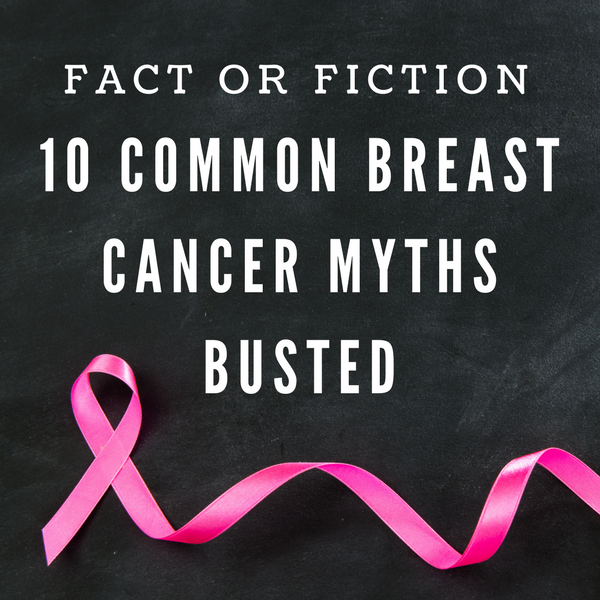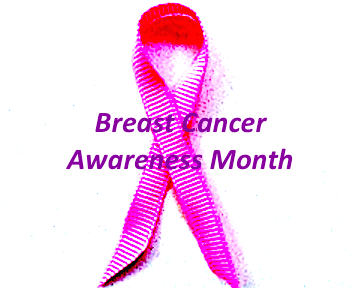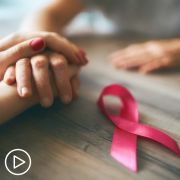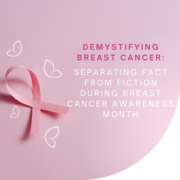Fact or Fiction: 10 Common Breast Cancer Myths Busted
October is Breast Cancer Awareness Month, and while many of us may think there is already plenty of awareness of breast cancer these days, it’s quite surprising how many myths exist alongside the facts. Some breast cancer myths still continue despite a lack of evidence. A survey found that agreement with the phrase: “It seems like everything causes cancer” is on the increase. The danger is that when people believe this, confusion and misinformation about risk factors also increase. This can lead to unnecessary worry and can even hinder good prevention and treatment decisions. So let’s untangle the facts from the fiction by busting ten of the most common myths which persist about breast cancer.
Myth #1: Finding a lump in your breast means you have breast cancer
Fact: Most breast lumps are caused by benign (noncancerous) changes, cysts, or other conditions.
Breast tissue is changing all the time because of fluctuating hormone levels, especially during times of menstruation and breastfeeding. It’s important to be aware of how your breasts normally look and feel, and know what changes to look for.
Take Action: While most breast lumps will not turn out to be cancer, lumps that feel harder or different from the rest of the breast (or the other breast), or change over time, should always be checked by your doctor.
Myth #2: Feeling pain in your breast is a symptom of breast cancer
Fact: Most breast cancers do not cause pain in the breast (although some do).
Many women experience breast pain or discomfort in the week leading up to their period. The pain usually goes away after menstruation. Other breast conditions, such as mastitis (an infection of the tissue of the breast that occurs most frequently during breastfeeding), may cause a more sudden pain.
Take Action: If you have breast pain that is severe or persists and is not related to the menstrual cycle, you should be checked by your doctor.
Myth #3: Breast cancer is a hereditary disease
Fact: Only 5% to 10% of breast cancers are thought to be hereditary. The other 90% are largely due lifestyle and environmental factors.
The risk in a person believing this myth is that they might think there is nothing they can do to prevent breast cancer if it is already in their family. Genetic testing can help you understand your inherited risk and allow you to make choices about your future care.
Some high-risk women also choose to have a prophylactic mastectomy to decrease their risk.
Take Action: Cancer is a complex group of diseases with many possible causes, including lifestyle factors such as smoking, diet, and physical activity. Lower your risk of developing breast cancer by maintaining a healthy weight, exercising regularly, and limiting the amount of alcohol you drink.
Myth #4: Only women get breast cancer
Fact: While the incidence of breast cancer in women is significantly higher than in men, men can get breast cancer.
Many people don’t think of men as having breasts. In fact both men and women have breast tissue, although men have much smaller amounts than women. According to the National Breast Cancer Foundation, men carry a higher mortality than women do, primarily because awareness among men is less and they are less likely to assume a lump is breast cancer, which can cause a delay in seeking treatment.
Take Action: Know the signs of male breast cancer. Symptoms include a hard lump underneath the nipple and areola and color change in the surrounding area.
Myth #5: Breast cancer only occurs in post-menopausal women
Fact: While it is true that the older a woman is, the higher her breast cancer risk becomes, breast cancer does occur in younger women.
Although breast cancer in young women is rare, more than 250,000 women living in the United States today were diagnosed with it under age 40[1]. In young women, breast cancer tends to be diagnosed in its later stages and be more aggressive. Young women also have a higher mortality rate and higher risk of metastatic recurrence (return of breast cancer in areas beyond the breast).
There is no effective breast cancer screening tool yet for women under 40, most of whom have dense breast tissue that prevents routine mammograms from being a useful screening tool.
Take Action: Being breast aware is very important. Become familiar with how your breasts normally look and feel and, if you notice a change, you should see your doctor as soon as possible.
Myth #6: Wearing an underwire bra causes breast cancer
Fact: Claims that underwire bras cause breast cancer have been widely debunked as unscientific.
According to the myth, wearing your bra every night or for too long daily prevents your pores from being able to breathe. Sweat accumulates and toxins build up which are believed to cause breast cancer. Another version of this myth is that wearing a bra which is too tight or sleeping in your bra can cause breast cancer. The American Cancer Society (ACS) states “we do not know of any epidemiologic studies published in scientific journals that suggest bras directly contribute to breast cancer.”
Myth #7: Deodorants can cause breast cancer
Fact: There is no evidence to back the claims that deodorants and antiperspirants cause cancer.
People sometimes worry about whether chemicals in common products such as cosmetics or toiletries could cause cancer, but there is no good scientific evidence to show that these products affect the risk of cancer. According to Breastcancer.org, even the strongest antiperspirant doesn’t block all perspiration in the armpit. Most cancer-causing substances are removed by the kidneys and released through urine or processed by the liver. Toxins are cleared by lymph nodes and not by the sweat glands.
Take Action: If you still have concerns about the link between antiperspirants and breast cancer, see the NCI fact sheet on Antiperspirants/Deodorants and Breast Cancer for more information.
Myth #8: Breast cancer is a single disease
Fact: Breast cancer is not one disease, but a complex group of different types of tumours.
Until quite recently, breast cancer was thought of as one disease, so everybody got much the same treatment, which led to overtreatment for some patients. We now know that at a molecular level tumors act and respond to treatments differently. Researchers have to date classified breast cancer into 10 different subtypes. Having a more detailed system of tumor categories can help tailor treatment to individual patients and predict women’s survival more accurately.
Myth #9: Stress causes cancer
Fact: The scientific evidence that stress causes cancer is not conclusive.
Despite studies which show weak evidence of an association between stressful events and a diagnosis of cancer, many people still hold the belief that stress is a factor in causing cancer. It’s unrealistic to think we can avoid stress completely. Everyone feels stressed at some point in their lives. But long periods of stress can cause mental health problems such as anxiety and depression and can contribute to physical health problems such as high blood pressure, heart disease, and ulcers. It makes sense then to get our stress levels under control.
Take Action: Adopt healthier coping mechanisms, such as learning stress-management techniques, taking the time to eat healthily and exercising more.
Myth #10: Mammograms cause breast cancer
Fact: While mammograms do involve radiation exposure, the dose used is extremely low.
A mammogram (an x-ray of the breast) currently remains the gold standard for the early detection of breast cancer. Mammograms can detect lumps well before they can be felt, and the earlier that lumps are caught, the better one’s chances for survival. While it’s true that radiation is used in mammography, the amount is so small that any associated risks are tiny when compared to the benefits.
Take Action: According to the National Cancer Institute, the standard recommendation is an annual mammographic screening for women beginning at age 40. Base your decision on your physician’s recommendation and be sure to discuss any remaining questions or concerns you may have with your physician.
To wrap up, certain myths about breast cancer, though inaccurate, can nevertheless seem to make sense when we hear them repeated often enough. While some risk factors for breast cancer are out of our control, knowing and understanding our risks will help us make the best choices possible for ourselves and our loved ones.
[1] Young Survival Coalition statistics on breast cancer in younger women.
For information on galactocele, please check out the blog What is a Galactocele, and What Can I Do About It? and 12 Breast Cancer Myths And Facts You Should Be Aware Of
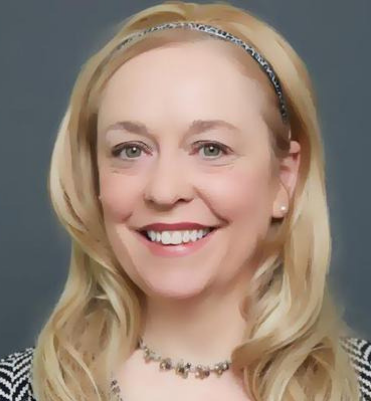
A Stanford Medicine X e-Patient scholar, Marie Ennis O’Connor is an internationally recognized keynote speaker, writer, and consultant on global trends in patient engagement, digital health and participatory medicine. Marie’s work is informed by her passion for embedding the patient voice at the heart of healthcare values. She writes about the experience of transitioning from breast cancer patient to advocate on her award-winning blog Journeying Beyond Breast Cancer.

